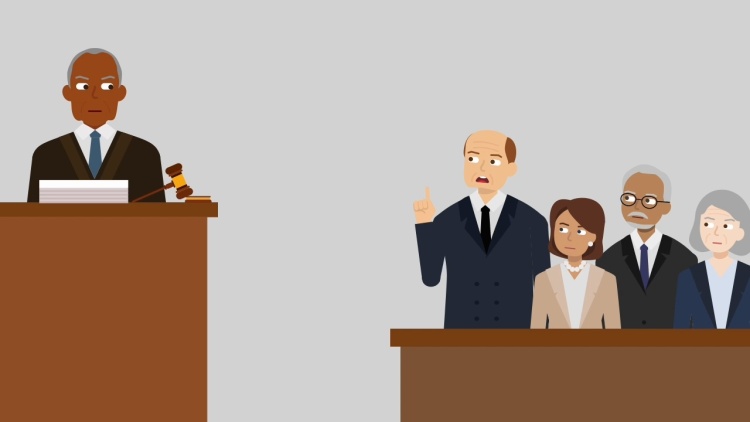Whorton v. Bockting
United States Supreme Court
549 U.S. 406 (2007)
- Written by Liz Nakamura, JD
Facts
Marvin Bockting (defendant) was convicted of sexually assaulting his six-year-old stepdaughter, Autumn, and sentenced to life in prison. At Bockting’s trial, Detective Zinovitch, who had interviewed Autumn, was allowed to testify about Autumn’s statements regarding the sexual assault. At the interview with Zinovitch, Autumn had described the sexual assault in detail and had acted it out with anatomically-correct dolls. Under Nevada law, Autumn’s out-of-court statements were admissible because Autumn was under 10-years-old, she was too distressed to testify, and there were sufficient circumstantial guarantees that Autumn’s statements were trustworthy. Bockting appealed the conviction. The Nevada Supreme Court, applying the United States Supreme Court’s decision in Ohio v. Roberts, held that Autumn’s hearsay statements were admissible under the Confrontation Clause because there were sufficient indicators that Autumn’s statements were reliable. Bockting then filed a federal habeas corpus petition. While Bockting’s habeas petition was pending, the United States Supreme Court decided Crawford v. Washington, which (1) overruled Roberts; (2) held that testimonial hearsay statements from unavailable witnesses were only admissible if the criminal defendant had the prior opportunity to cross-examine the witness; and (3) held that the Confrontation Clause did not apply to nontestimonial hearsay statements. The district court denied Bockting’s habeas petition, and Bockting appealed to the Ninth Circuit, arguing that Crawford should be applied retroactively because either (1) it was an old rule; or (2) it was a watershed rule of criminal procedure. The Ninth Circuit reversed and retroactively applied Crawford. Because the Ninth Circuit’s decision contradicted decisions from other circuit courts, the United States Supreme Court granted certiorari.
Rule of Law
Issue
Holding and Reasoning (Alito, J.)
What to do next…
Here's why 899,000 law students have relied on our case briefs:
- Written by law professors and practitioners, not other law students. 47,000 briefs, keyed to 994 casebooks. Top-notch customer support.
- The right amount of information, includes the facts, issues, rule of law, holding and reasoning, and any concurrences and dissents.
- Access in your classes, works on your mobile and tablet. Massive library of related video lessons and high quality multiple-choice questions.
- Easy to use, uniform format for every case brief. Written in plain English, not in legalese. Our briefs summarize and simplify; they don’t just repeat the court’s language.





